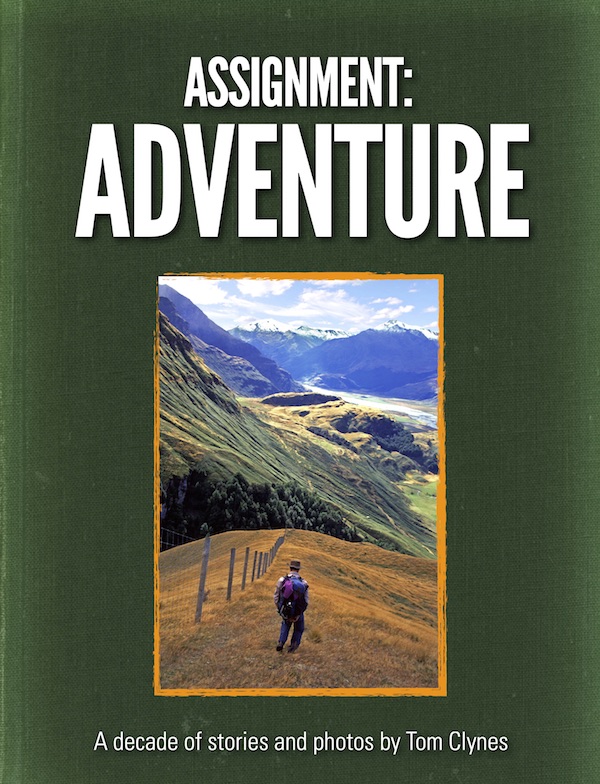By Tom Clynes

One parent’s quest to raise analog kids in a digital age.
Authors note: This essay first appeared in Issue 4 of Adventure Journal.
I was at the campfire, flipping pancakes, when 13-year-old Ethan came over and asked if he could use my phone.
“I want to show those guys a YouTube video,” he said, nodding toward his brother, Sam, and my sons, Charlie and Joe.
I looked up and arched an eyebrow. “Seriously, Ethan?” I said. “We all agreed this would be an electronics-free camping trip. Remember?”
“I know,” he said, “but it’s a video about camping.”
Before Ethan could fall further into the irony hole he was digging, I plopped a flapjack onto his plate and he rejoined the other boys. “I guess we’ll have to watch it when we get home,” he sighed.
Keeping kids connected with nature used to be simpler. For my own parents, it was mostly a matter of opening the back door and setting us loose in the neighborhood, where we’d find an orchard or a brush pile or some other semi-wild place to fool around.
But for 21st-century children, such improvised outdoors scenarios are increasingly rare. My parents’ generation didn’t use “parenting” as a verb, and what they called just kids being kids is now called free-range—a concept that alarms hyper-vigilant would-be advocates. Kids don’t have the same kind of license to run around outside, and even if they do there’s the ever-present draw of electronics. As smartphones and social media become ever more ubiquitous and embedded, the love of nature—what E.O. Wilson called biophilia—is morphing into videophilia, a love of electronic media.
“We’ve quickly gone from a place where the average child would choose active outside activities to one where kids choose sedentary activities involving computers and smartphones and video,” says conservation ecologist Patricia Zaradic. She and Oliver Pergams co-authored two studies that found that per-capita visits to national parks and forests, and other indicators of nature recreation, have declined in developed countries since the late 1980s, due in large part to the increase in the amount of time spent on electronic media.
The trends they’ve identified have alarmed conservationists, whose efforts to protect wilderness depend on the support of people who connected with nature during their formative years. A rising generation of adults with little experience with wild places and little understanding of their value may ultimately have a greater impact on biodiversity and ecosystem health than bulldozers, invasive species, or even greenhouse gas emissions, some think.
Author, photojournalist and National Geographic speaker Tom Clynes travels the world covering the adventurous sides of science, the environment, education, and archaeology. His work appears in National Geographic, The New York Times, Nature, Popular Science, The Atlantic, and other publications. As a keynote speaker, Tom works with organizations that want to catalyze creativity and engagement at their events, inspiring audiences and bringing them along on assignment to some of the world’s most intriguing places. To contact Tom and discover more about his memorable and inspiring programs, please email info@tomclynes.com.






